Microplastics have become a growing concern in recent years. They’ve been found in our food, our water, and even our bodies.
While microplastics are seemingly everywhere, scientists have revealed simple tricks to lessen their impact. Here’s what you need to know about microplastics in water and how to minimize your exposure to them.
What are Microplastics?

A microplastic is a small piece of plastic that measures 5 millimeters or less. Over time, they can continue breaking down until they become nanoplastics – so small they can flow directly through our bloodstreams.
It’s not an exaggeration to say that these particles are everywhere. They’ve been found on every continent, even within Antarctic glaciers.
Health Risks of Microplastics
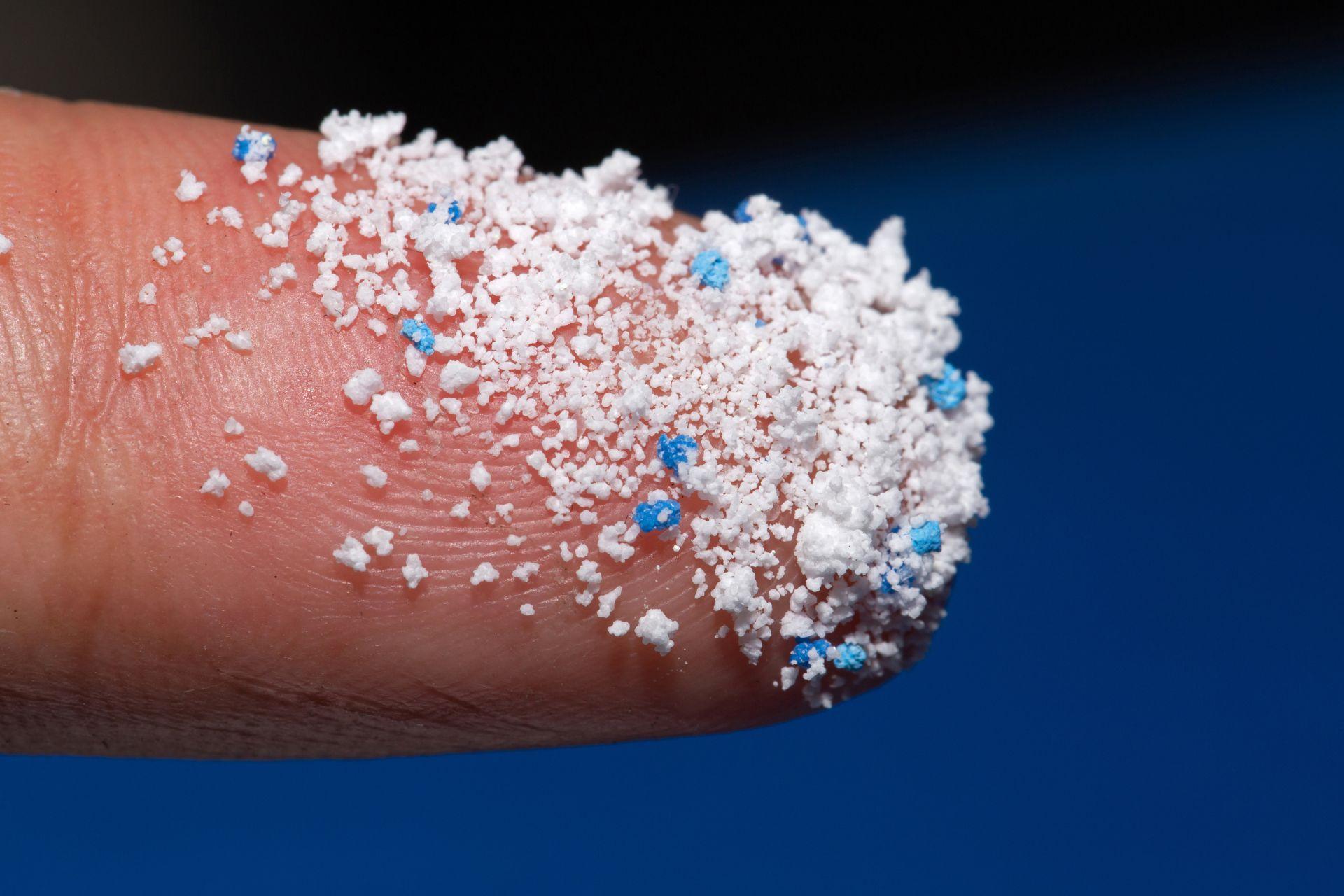
When ingested, microplastics can introduce toxins and heavy metals into the human body, potentially leading to a range of health issues.
Studies suggest that microplastics can disrupt hormonal balance, and potentially lead to an increased risk of reproductive disorders and certain cancers. The long-term effects are still being studied, so we may not know the true damage that microplastics are causing for years.
I Have How Much Plastic in Me?
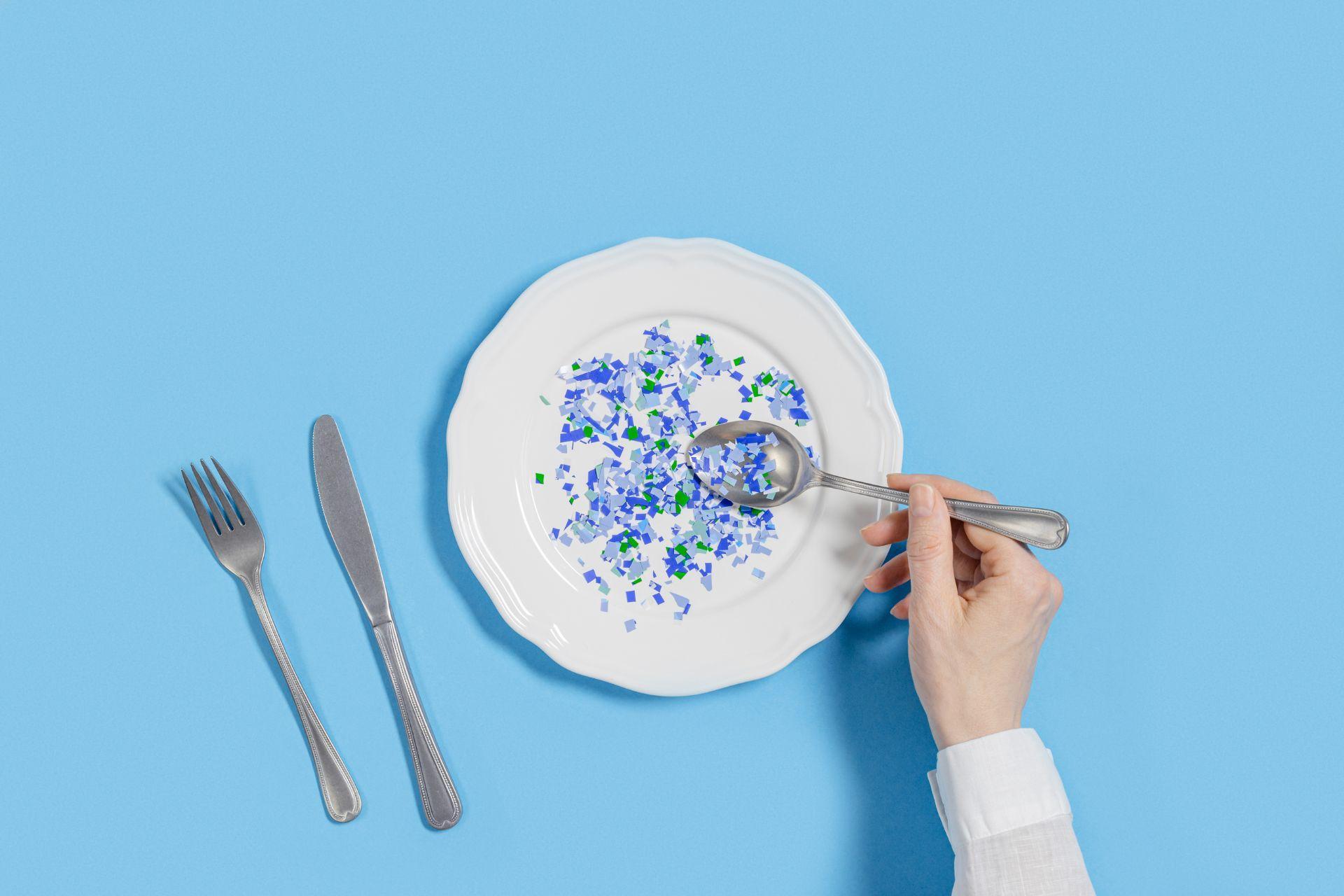
The World Wildlife Fund found that the average person ingests about the equivalent of a credit card of plastic each week. When conducting a blood study, Dutch researchers found plastic in 80% of their participants.
As plastic use increases – in clothes, processed food, etc. – the average person’s exposure to microplastics is only going to increase.
What Can I Do?
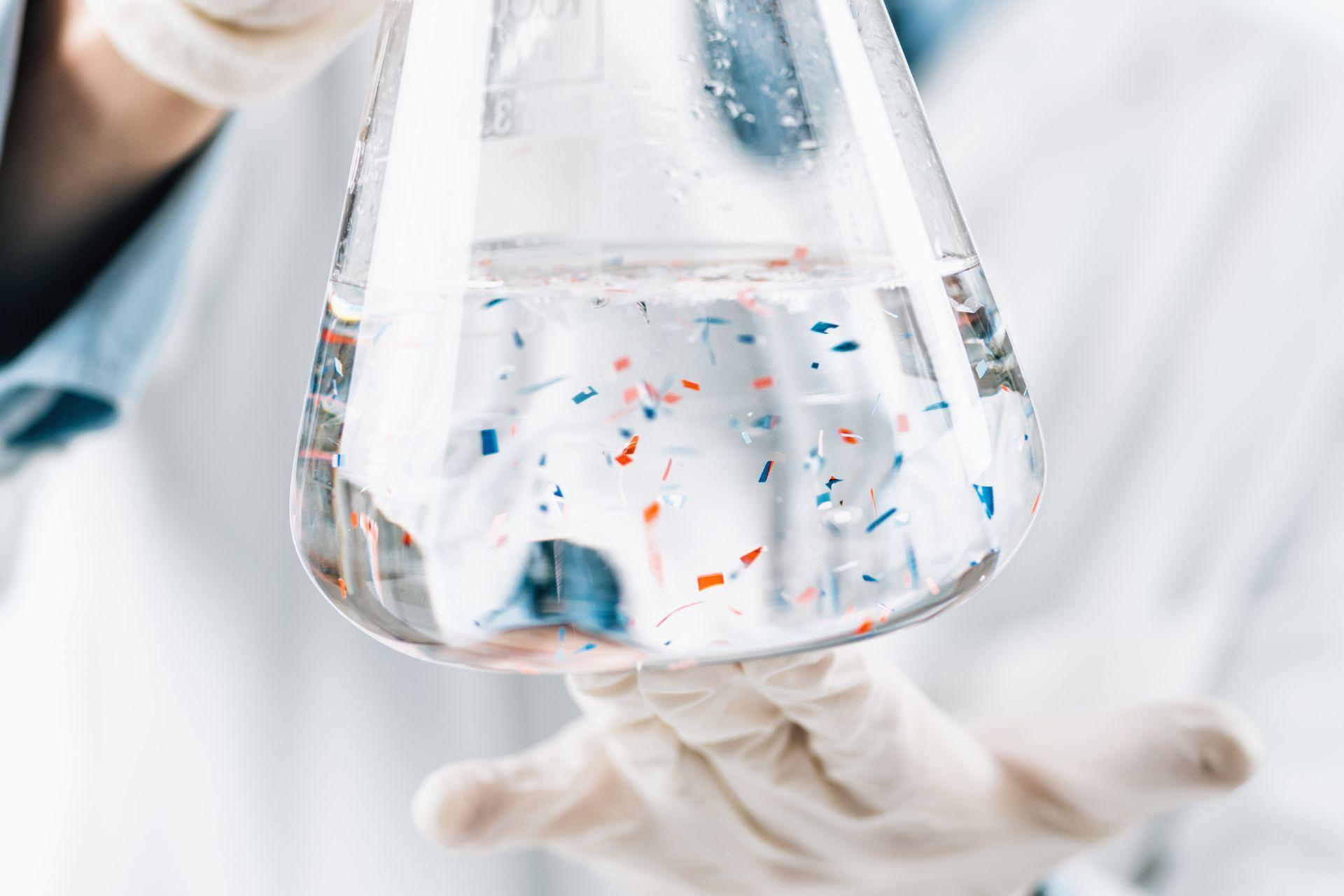
If microplastics are everywhere, is it useless to avoid them? Yes and no.
There’s no surefire way to be 100% safe from microplastics. But there are small actions you can take to limit your exposure. Scientists just revealed a shockingly simple solution to reduce the microplastics in drinking water.
New Groundbreaking Study
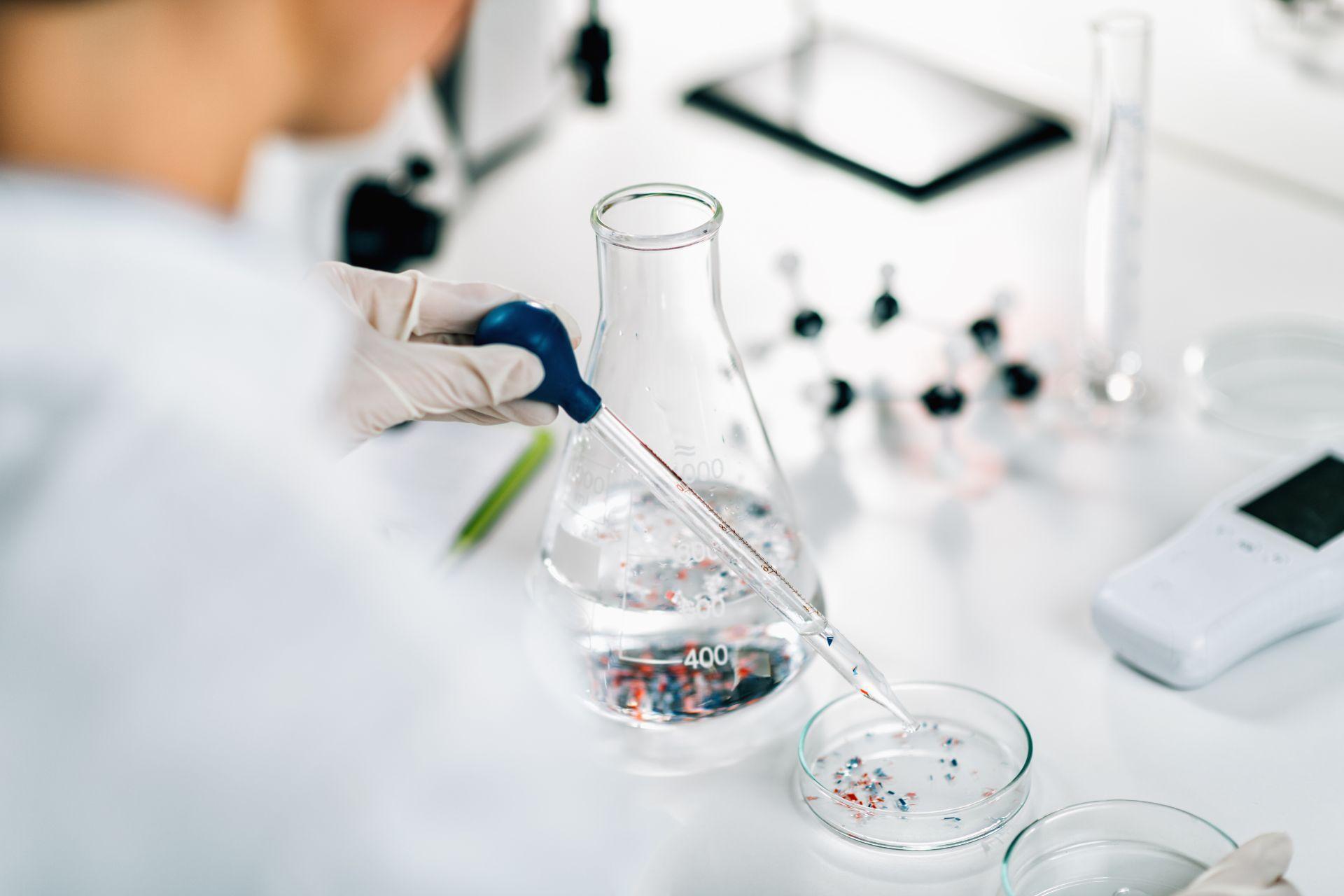
The Environmental Science and Technology Letters, led by Zhanjun Li and Eddy Zeng, recently looked into the possibility of removing microplastics from water.
They added different amounts of microplastics to samples of tap water. These were then boiled, cooled, and filtered before measuring the remaining plastic.
Filtered Out Plastics
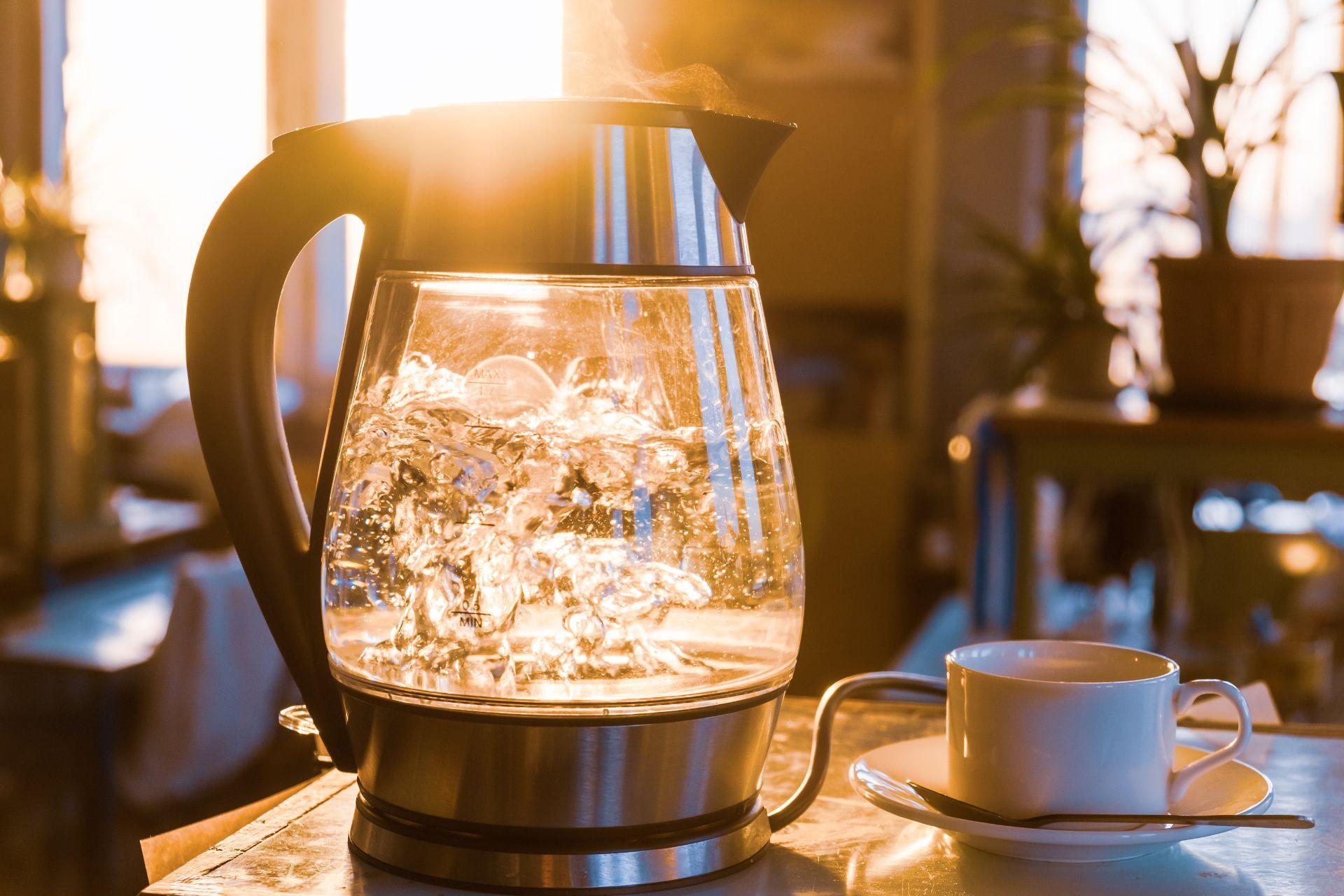
They found that when the water was poured through a coffee filter, some of the plastics could be removed. In fact, doing this removed up to 90 percent of the visible microplastics in the water!
This worked best with the hard water, but this method still removed about 25% of the visible microplastics in the soft water samples.
Why This Works
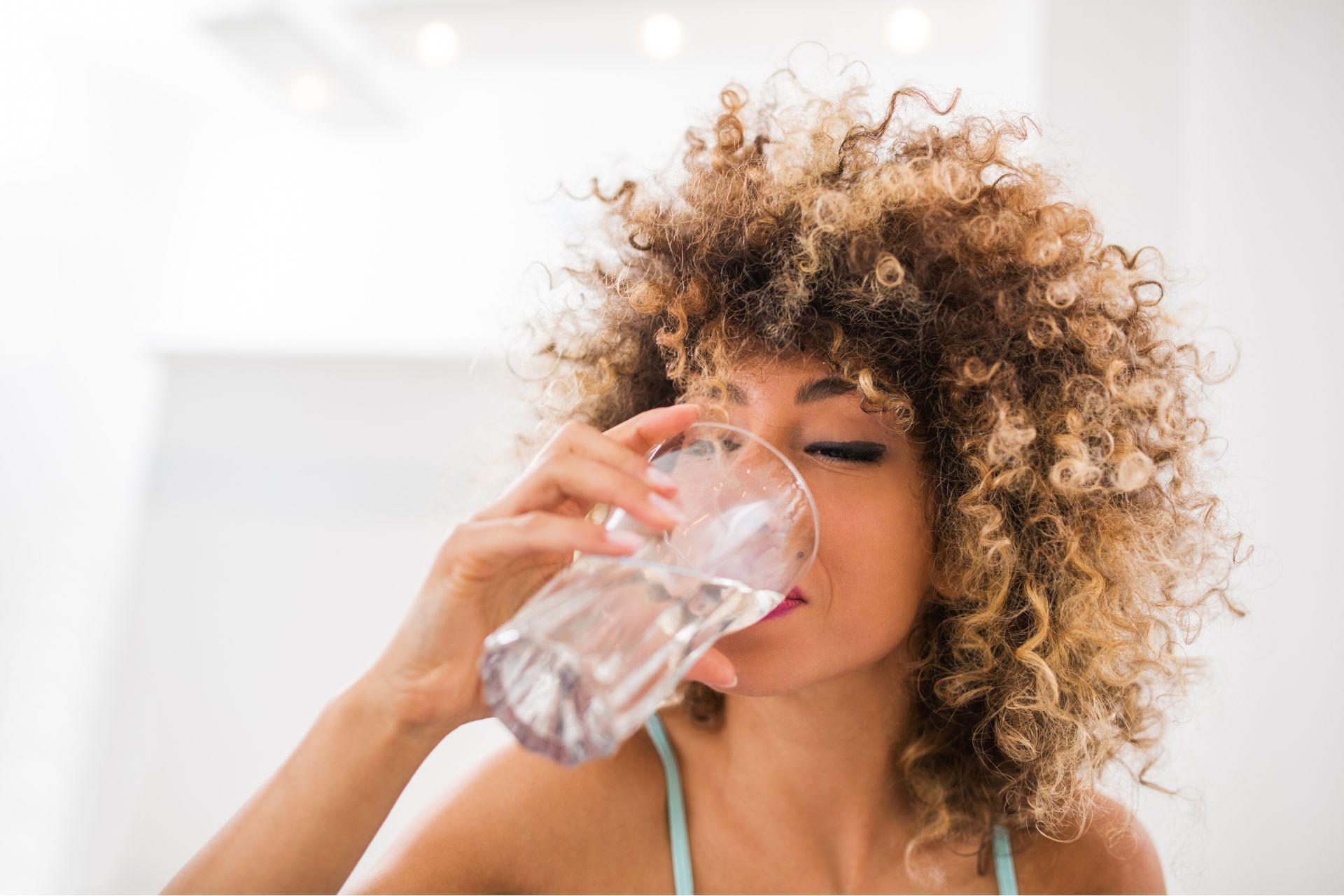
This study has the potential to be groundbreaking.
The report stated, “This simple boiling-water strategy can ‘decontaminate’ nano- and microplastics from household tap water and has the potential for harmlessly alleviating human intake of nano- and microplastics through water consumption.”
Other Tactics

If you don’t have the time or energy to wait for your water to be boiled, cooled, and filtered, don’t worry.
There are other methods to reduce your microplastic intake. Most of these solutions are quick, cost-effective, and easy!
Avoiding Bottled Water
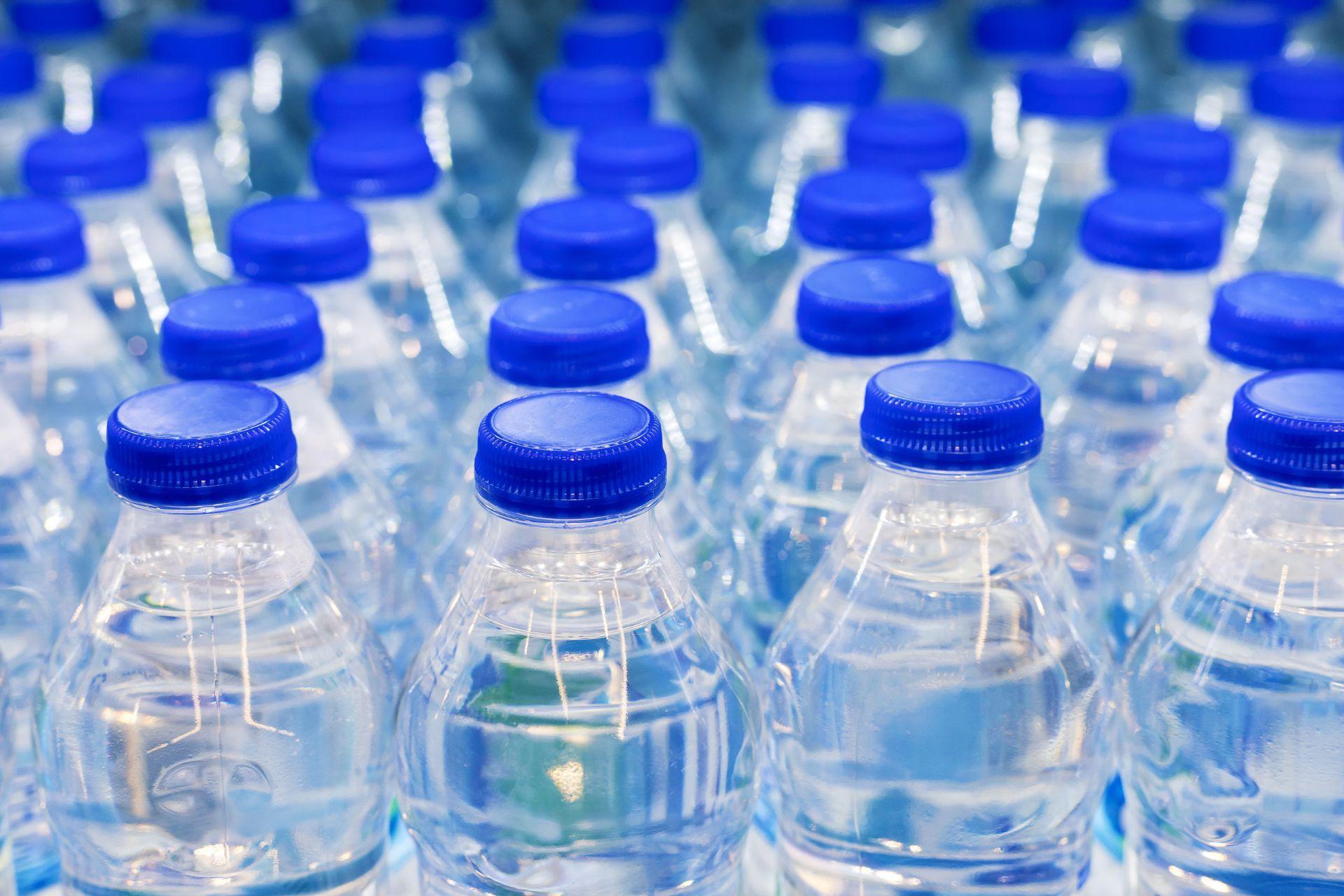
Swapping plastic bottles for glass or stainless steel water bottles can significantly reduce your microplastic intake.
According to the Proceedings of the National Academy of Sciences, a liter of bottled water includes approximately 240,000 microplastics! Plastic bottles are a major source of microplastics.
Get a Water Filter
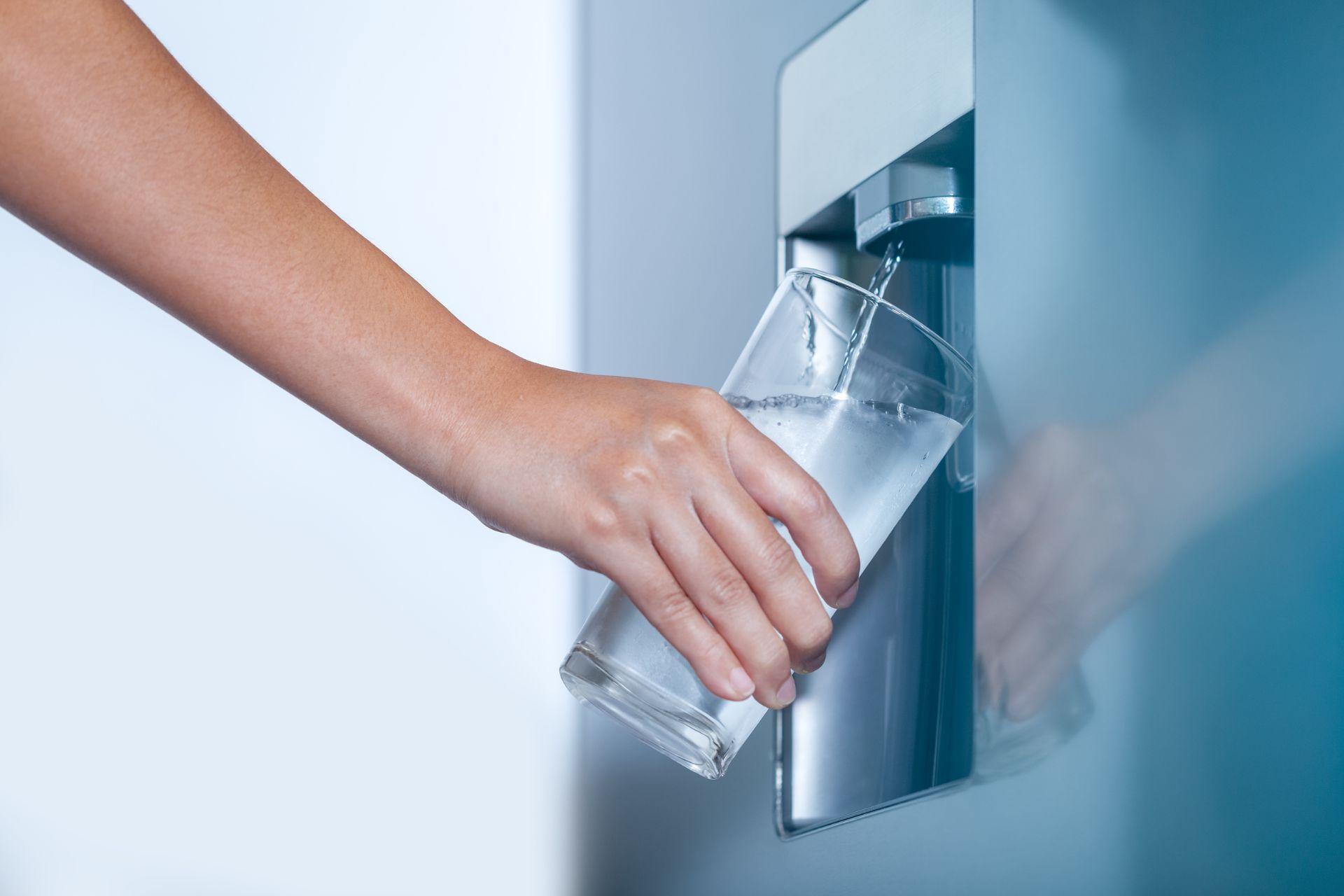
While not necessarily easy or affordable, one effective way to reduce your exposure to microplastics is by investing in a high-quality water filtration system.
It works on the same principle as the boil/cool/filter method but on a larger scale. These systems can help remove microplastics from your drinking water for a plastic-free experience.
Skip the Microwave
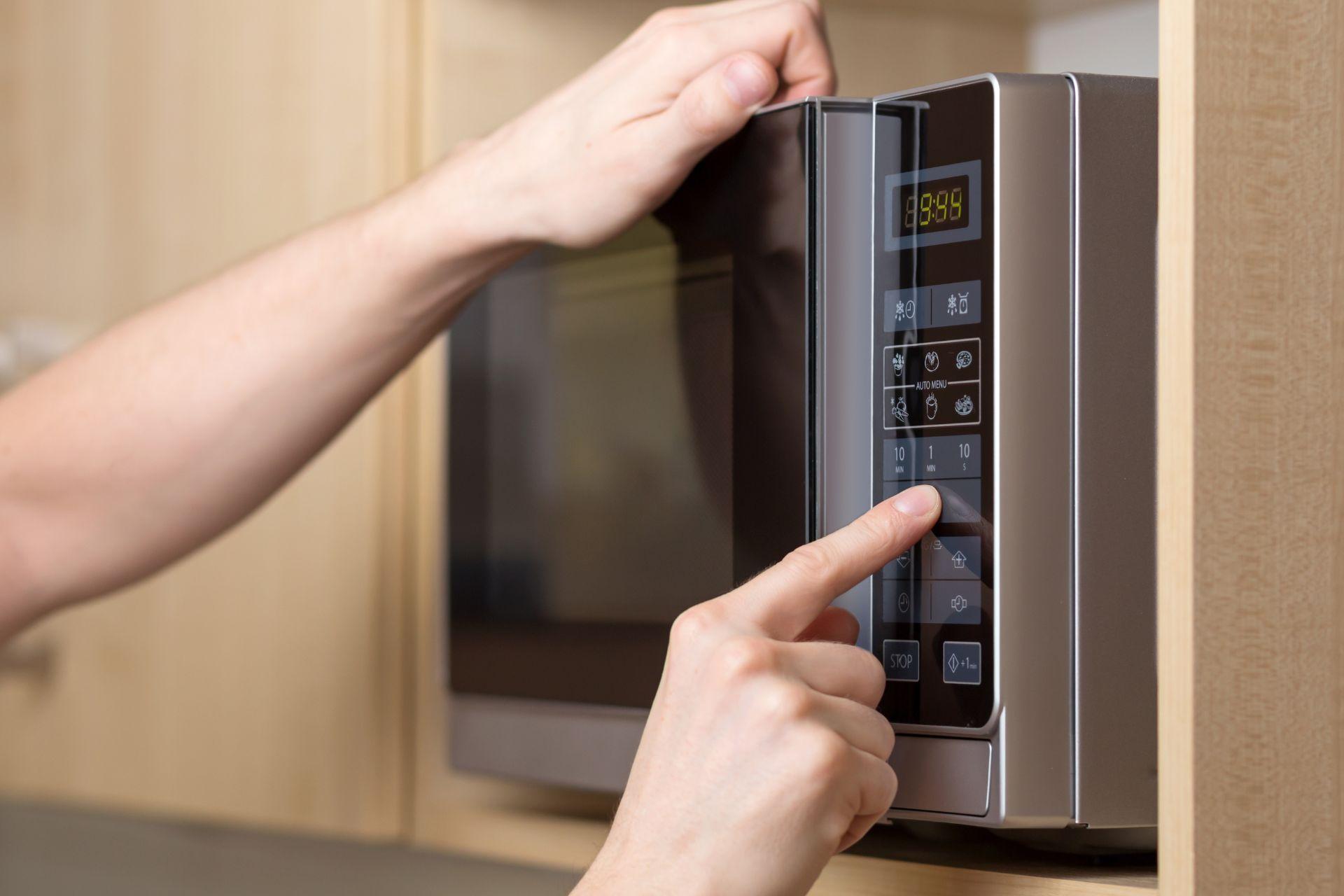
Think twice before putting your Tupperware in the microwave. In a study on reheated baby food, researchers found that placing plastic containers in the microwave released millions of microplastic particles.
Stick to glass and ceramic containers to lower your microplastic exposure.
Can I Avoid Microplastics Completely?
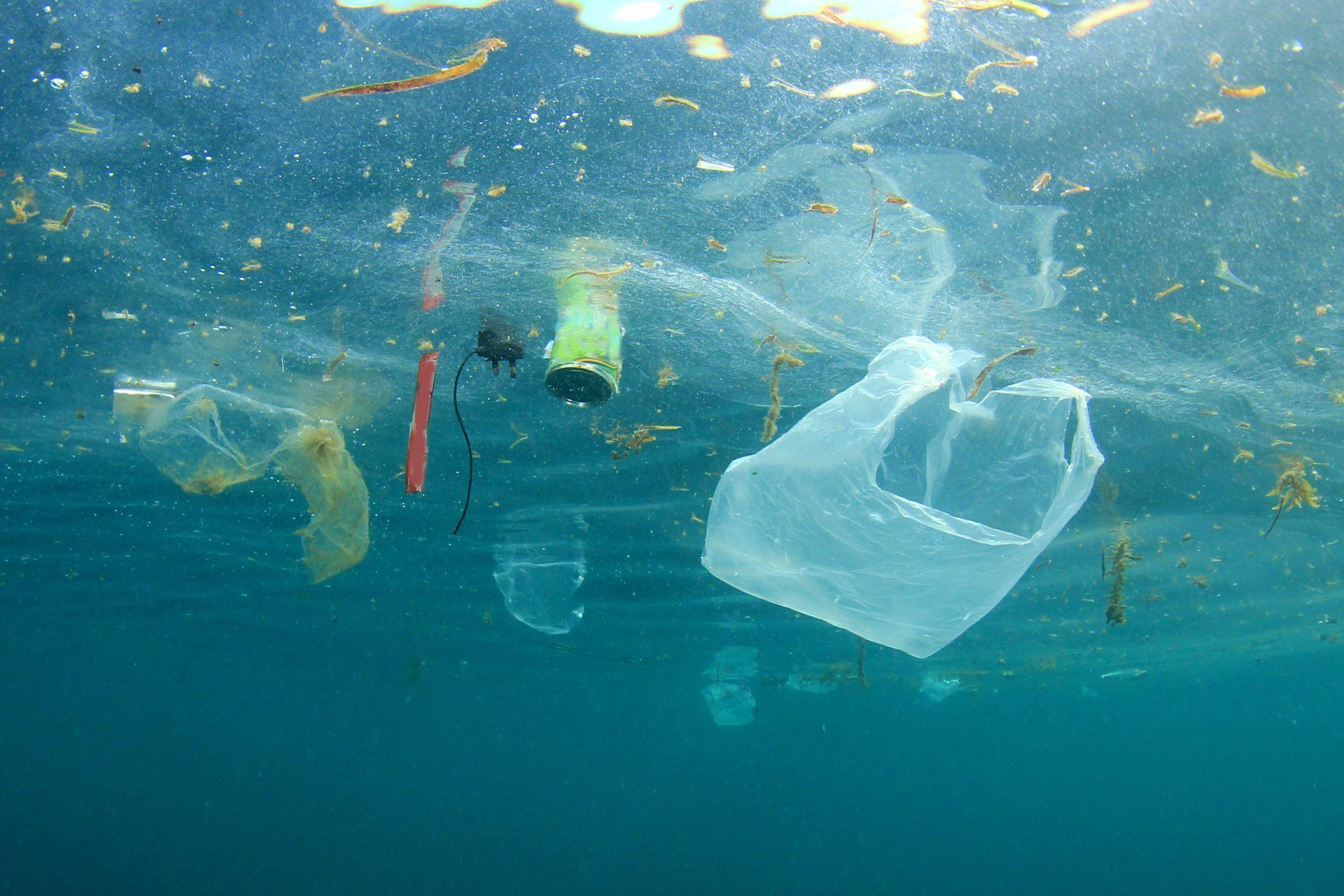
At the moment, not enough is known about microplastics to be able to say “This is how to completely avoid them”. They’re in our blood, our hearts, our fruit, our water, our air, our clothes, our soaps; plastic is in us all, and it’s here to stay.
While boiling and filtering your water may not be a perfect solution, it is a step in the right direction in lowering your exposure to microplastics.

